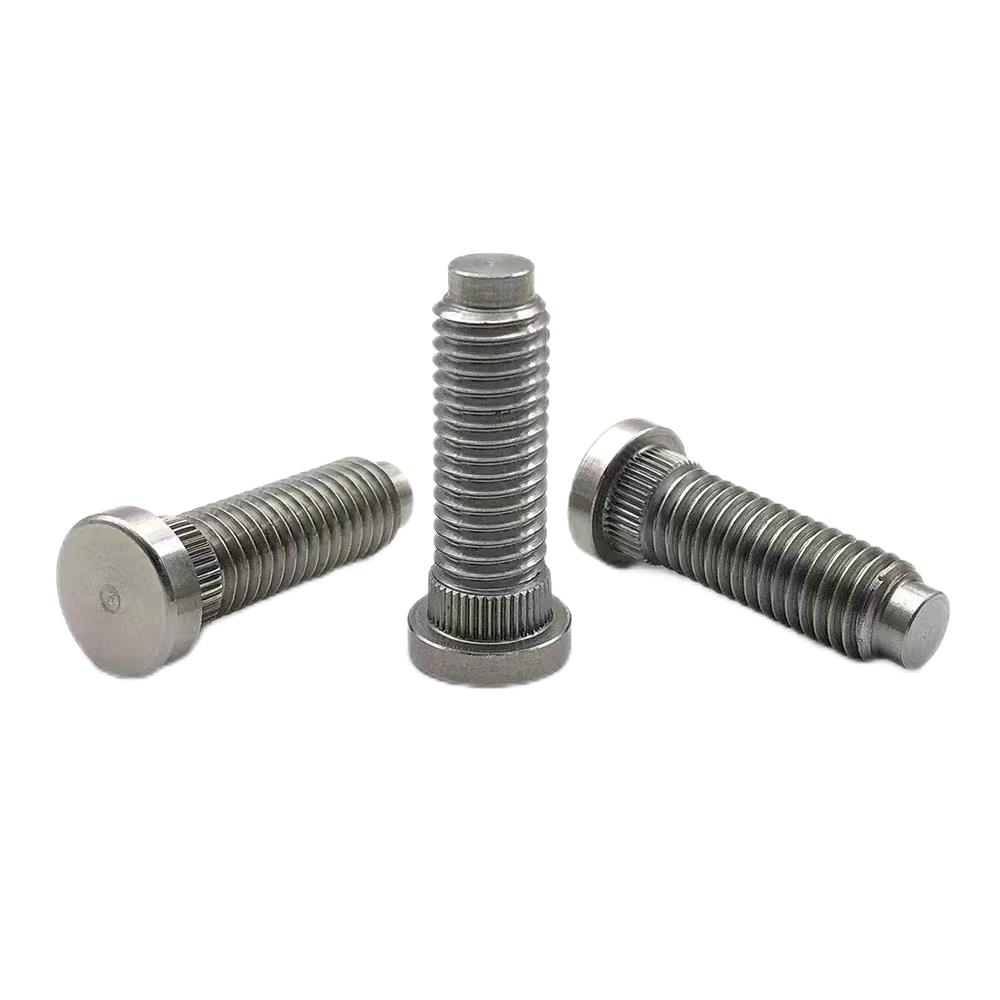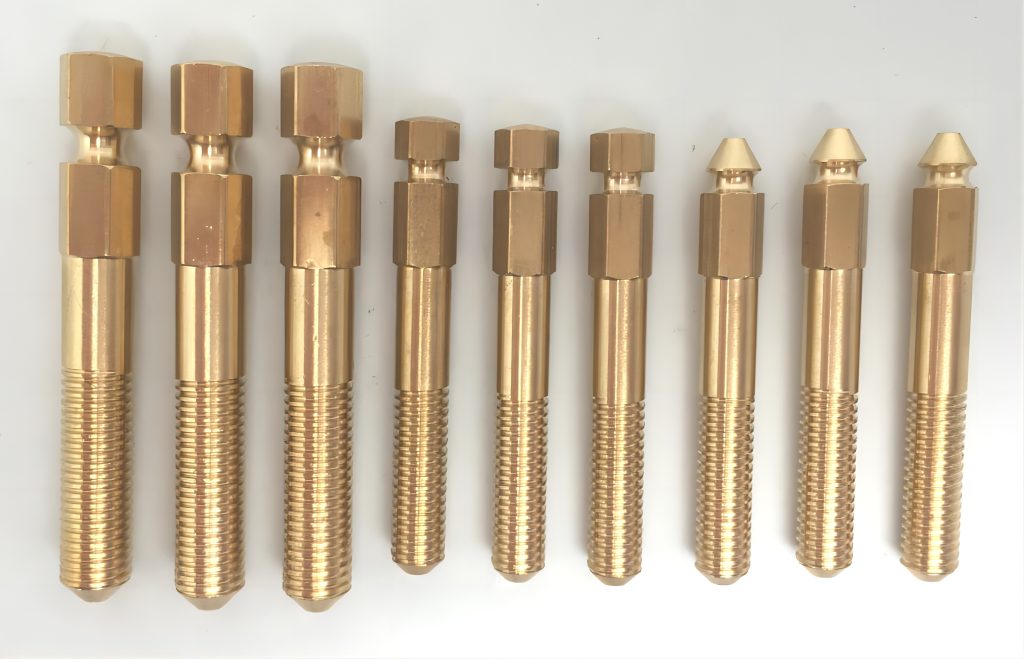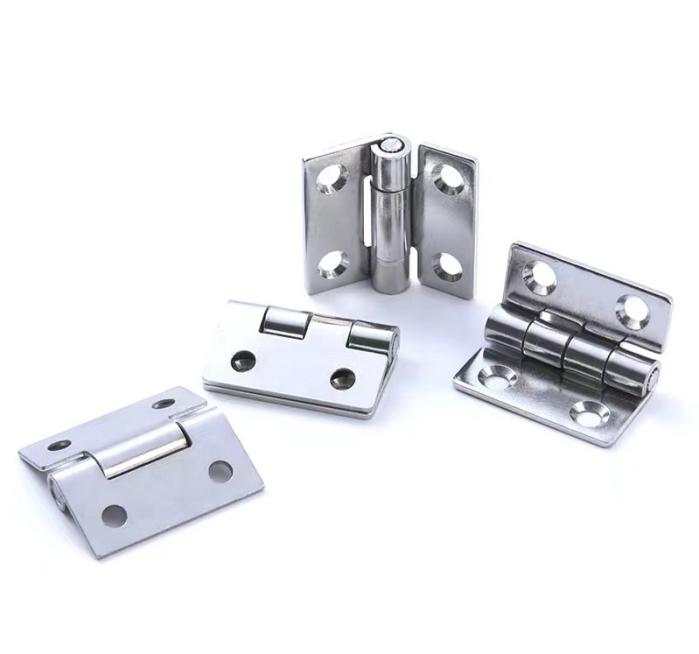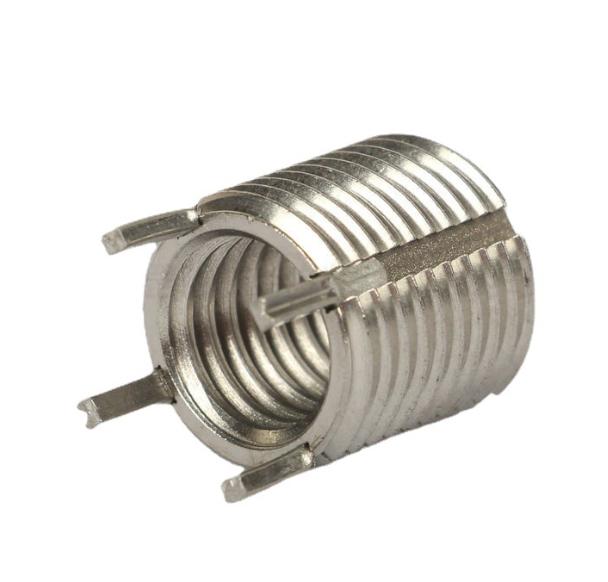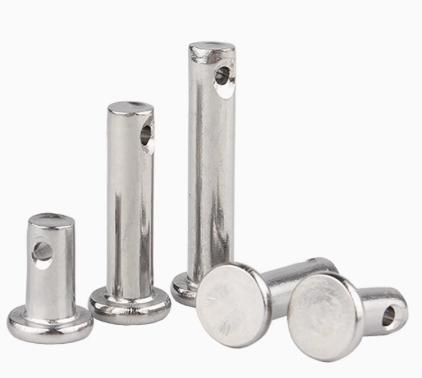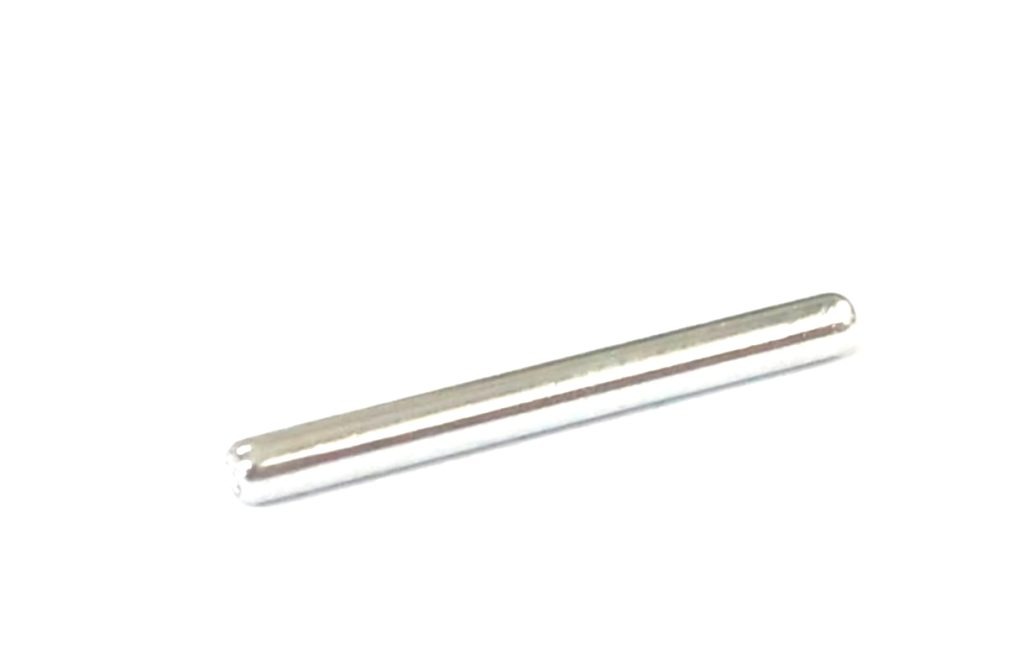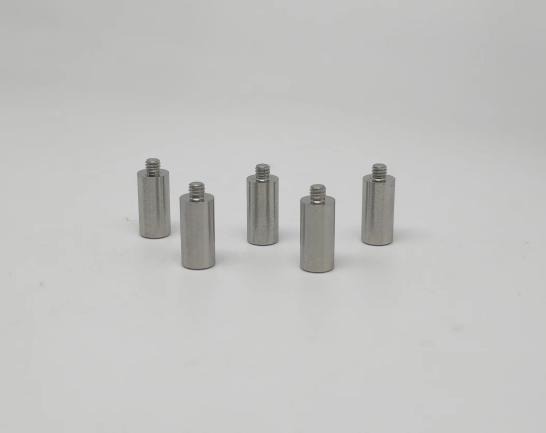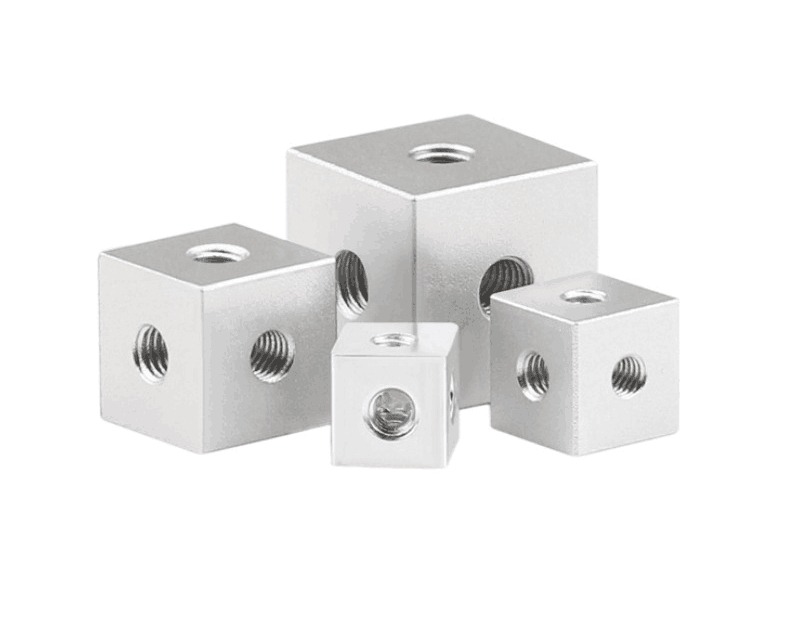What are Advancements in CNC Lathe Machine: Enhancing Precision, Speed and Efficiency
CNC (Computer Numerical Control) lathe machines have made significant advances, redefining precision machining capabilities and possibilities. CNC lathe machines range from complicated components in aircraft to vital elements in medical devices. This article examines the most recent advancements that have catapulted CNC lathe machines to new heights, focusing on precision, efficiency, and versatility.
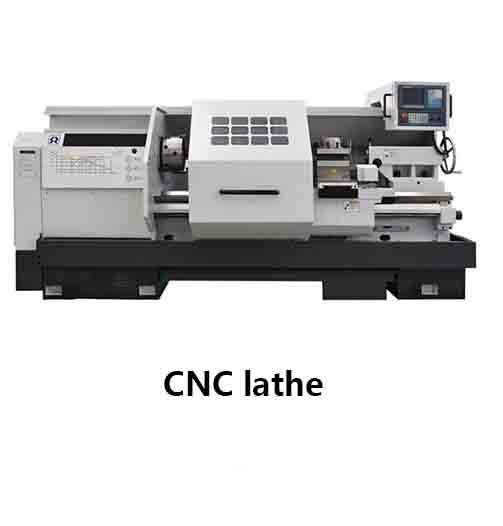
Key Trends and Innovations of CNC Lathe Machine
1. High Precision Machining
The pursuit of exceptional precision is the hallmark of CNC lathe developments. Modern CNC lathes are outfitted with cutting-edge control systems that make use of powerful algorithms and feedback mechanisms. These systems provide unrivaled precision in tool positioning and movement, allowing manufacturers to attain tight tolerances and make intricate components with extreme precision
2. Multi-Axis Machining Capabilities
A pivotal leap forward in CNC lathe technology is the widespread adoption of multi-axis machining. Traditional lathes had just two or three axes, which limited the intricacy of manufactured items. The introduction of 5-axis and 7-axis CNC lathes transformed the manufacturing scene. These machines allow for simultaneous movement from many angles, making it possible to create complicated shapes in a single configuration. Multi-axis machining not only improves precision but also eliminates the need for several machine configurations, saving time and money.
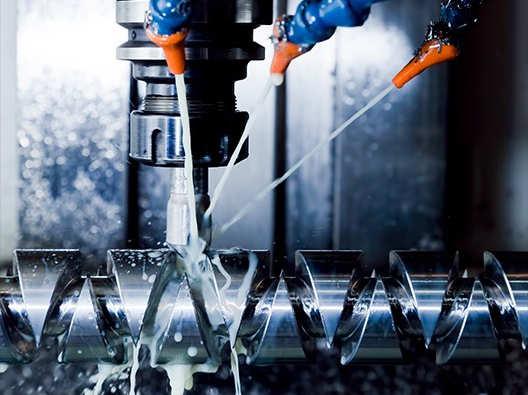
3. Integration of Automation
CNC lathe machines are no exception. Automation has become a pillar of modern industry. Robotic solutions for loading and unloading workpieces have shortened processes and increased efficiency. Automated CNC lathes can operate continuously, minimizing downtime between production runs and reducing the reliance on manual labor. This not only increases productivity but also contributes to a safer and more consistent manufacturing environment.
4. IoT Connectivity for Smart Manufacturing
CNC lathe machines now have Internet of Things (IoT) connectivity, ushering in the era of Industry 4.0. Real-time machine performance monitoring, data collecting, and analysis have all become essential components of smart manufacturing. Because of this connectedness, manufacturers can apply predictive maintenance procedures, predicting and correcting possible faults before they become major problems. As a result, downtime is avoided, maintenance schedules are adjusted, and overall equipment efficiency is improved.
5. Advanced Tooling Technologies
The tools themselves are at the bleeding edge of CNC lathe developments. To meet the needs of high-speed machining and maintain tool life, high-performance cutting tools, coatings, and materials have emerged. Quick-change tooling systems have become common, allowing for quick transfers between tools. Collectively, these advances contribute to a more efficient CNC machining process by minimizing tool wear and maximizing productivity.
6. User-Friendly Interfaces and Programming
The ability to access CNC lathe machines is critical to realizing their potential. The most recent models feature user-friendly programming software and intuitive touchscreen interfaces. The simplicity of the programming and setup processes improves efficiency and lowers the learning curve for operators. As a result, the workforce can quickly adapt to changing production requirements, maximizing the machine’s capacity.
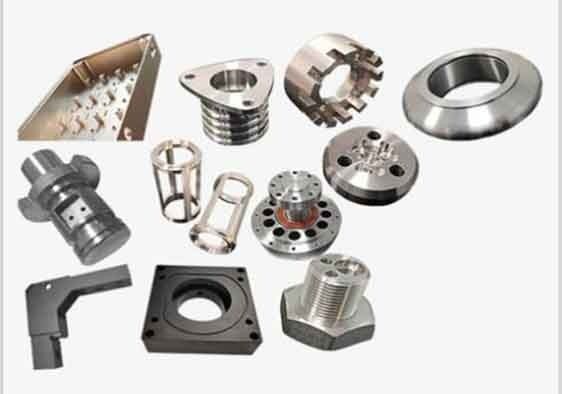
How does CNC Lathe Machine Enhance Precision, Speed, and Efficiency in Part Manufacturing?
1. Precision
Advanced Control Systems: CNC lathes have advanced control systems that enable exact control of the cutting tools. The utilization of high-performance CPUs and advanced algorithms guarantees that the tool is accurately positioned and moved, resulting in tight tolerances and precise part dimensions.
Feedback Systems: CNC lathes frequently include feedback systems like encoders and sensors. These systems provide real-time information about the position and movement of the cutting tool, allowing the control system to make adjustments on the fly. This closed-loop feedback mechanism enhances accuracy and corrects for any deviations during the machining process.
2. Speed
High-Speed Machining: Modern CNC lathes are designed to operate at high speeds without sacrificing precision. Faster cutting rates and shorter cycle durations are enabled by improved spindle and cutting tool technologies. High-speed machining is especially beneficial for companies that require large manufacturing of parts since it considerably boosts overall productivity.
Rapid Tool Changes: CNC lathes often feature automatic tool changers, allowing for quick and seamless transitions between different tools. Rapid tool changes reduce downtime, enabling the machine to operate continuously and maximizing efficiency.
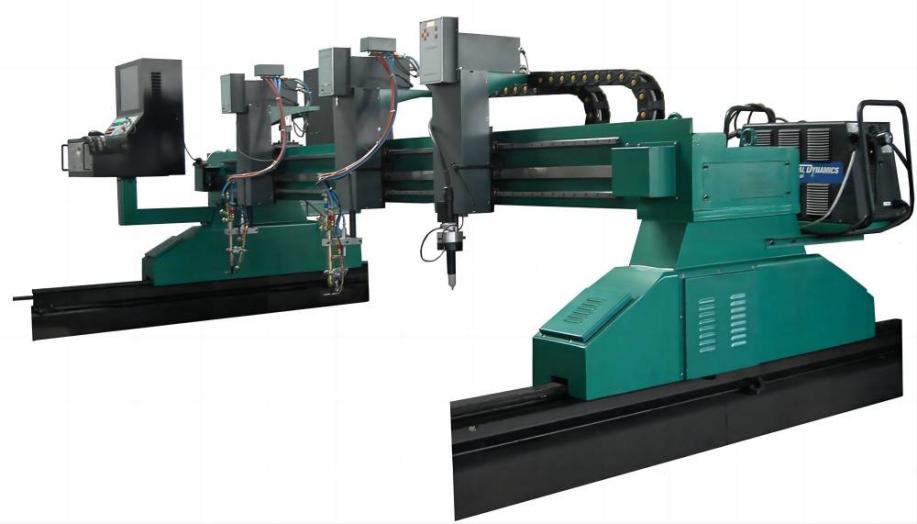
3. Efficiency
Automation and Unattended Operation: CNC lathe machines can be integrated with automation systems, such as robotic loaders and unloaders. This automation allows for unattended operation, meaning the machine can run continuously without the need for constant human intervention. This not only improves efficiency but also reduces labor costs.
Multi-Axis Machining: The capability for multi-axis machining enhances efficiency by enabling the simultaneous movement of multiple tool axes. This is especially beneficial for complex part geometries, as it reduces the need for repositioning and multiple setups.
Optimized Tool Paths: CNC programming software has evolved to generate optimized tool paths that minimize tool travel time and maximize cutting efficiency. This results in smoother operations, reduced tool wear, and improved overall machining efficiency.
4. Flexibility
Quick Changeover: CNC lathe machines are designed for quick changeovers between different jobs. This flexibility is crucial in environments where there’s a need to produce a variety of parts in small batches. Quick changeover times reduce idle periods between different production runs.
Versatility in Material Handling: CNC lathes can handle a wide range of materials, including metals, plastics, and composites. This versatility makes them suitable for various industries, from automotive to aerospace, contributing to the efficiency and adaptability of the manufacturing process.
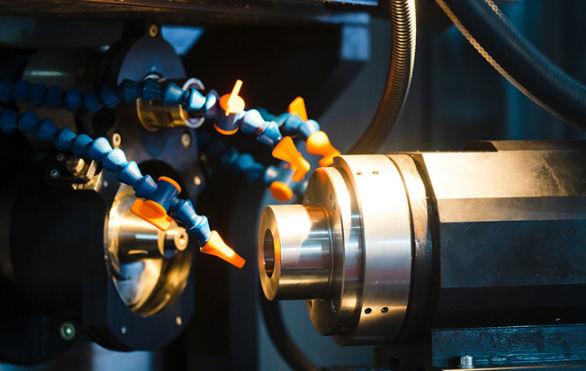
5. Real-time Monitoring and Predictive Maintenance
IoT Connectivity: Many modern CNC lathes are equipped with IoT connectivity, allowing for real-time monitoring of machine performance. This data can be analyzed to identify patterns and predict potential maintenance issues. Predictive maintenance helps prevent unexpected breakdowns and minimizes downtime, contributing to overall efficiency.
Conclusion
Advancements in CNC lathe machines are defining the future of precise manufacturing. These advancements are redefining the capabilities of CNC lathes, from the pursuit of higher precision to the incorporation of automation and smart production methods. As technology advances, the manufacturing industry can expect even higher efficiency, broader capabilities, and a sustained dedication to pushing the limits of precise CNC machining. The CNC lathe machine, with its latest advancements, stands as a testament to the relentless pursuit of excellence in modern manufacturing.

